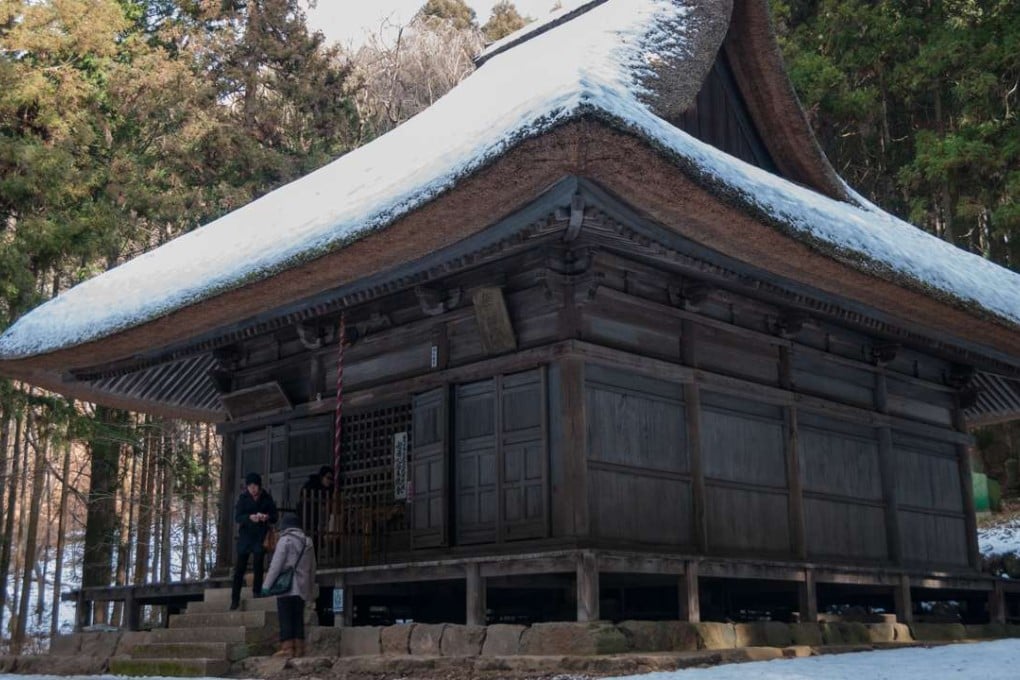Japan for non-skiers: Nagano in winter offers chills and thrills
If you thought there’s nothing more to central Japan in winter than skiing, think again. There is plenty of monkeying about to be had in Nagano prefecture

I feel my way along the tunnel; it’s pitch black and narrow, and all I can do as I inch forward is grope for the spot. Hidden below the altar of the Zenkoji Temple’s main hall is, so legend has it, the key to enlightenment. Those who feel it achieve satori. My hand glides over something on the wall; it is smooth, long and cylindrical, and made of metal.
Outside, snow is steadily falling on Nagano city, tempering the incense-filled air. If enlightenment means having discovered, as a non-skier, the delights of Nagano prefecture in winter, then it doesn’t really matter whether I’ve just touched the elusive key or not.
A few days earlier, I walked into Nagano prefecture, in central Japan, over the Magome Pass, with a guided tour group. Whereas the western side, in Gifu prefecture, had been snow free, as soon as we crested the pass and entered Nagano, we were in a world of snow and ice.
The Nakasendo was one of the few officially sanctioned communication routes under Tokugawa shogunate-ruled Japan (1603-1867) and linked the power base of Edo, modern-day Tokyo, with the nominal capital, Kyoto, where the emperor resided. Along the way were 69 staging posts.

